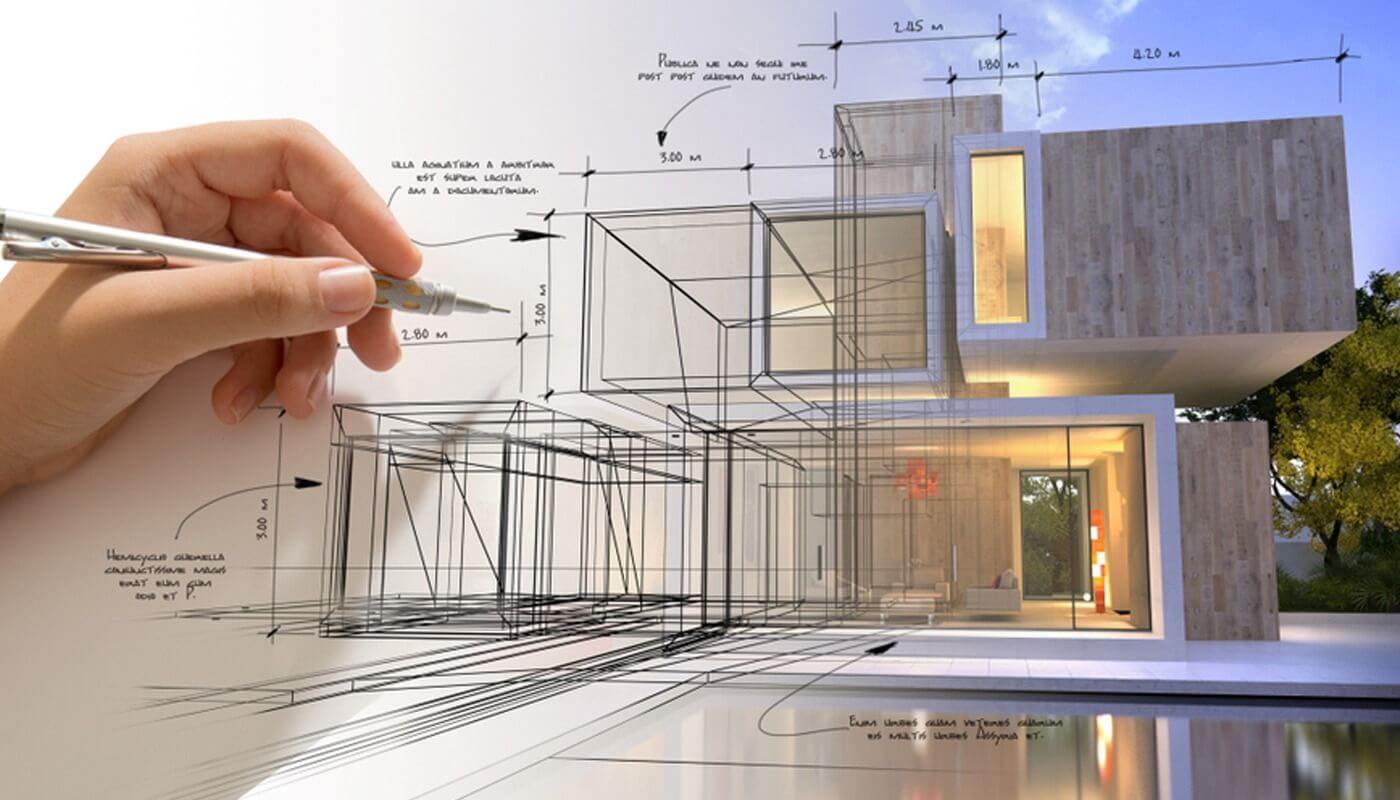Course info

Fundamentals of Design. This course is intended to introduce students to architectural design as the definition of three-dimensional space and appropriate response to context. Architectural drawings and models are emphasized in four design exercises and one final design project. Students will be immersed in a studio environment and will be instructed through individual critiques and group pin-ups.
Having successfully completed the module, students should be able to demonstrate knowledge and understanding of:
i. Basic architectural drawings, including plans, sections, elevations and perspectives, as applied to their designs.
ii. Fundamental principles of architectural design: rhythm, order, hierarchy, proportion, and structure.
iii. Model-making as a means of representation.
iv. Demonstrate a firm grasp of three dimensional space.
v. Design hierarchical spaces to meet program requirements with a limited vocabulary of means.
vi. Apply precedents and research to design work.
vii. Produce legible architectural drawings.
viii. Build presentation-quality models.
ix. Effectively present projects to an architectural audience.
x. Learn independently in familiar and unfamiliar situations with open mindedness and in a sprit of critical enquiry.
xi. Begin to communicate ideas visually and verbally in a presentation format.
xii. Demonstrate spatial skills and problem solving skills.

